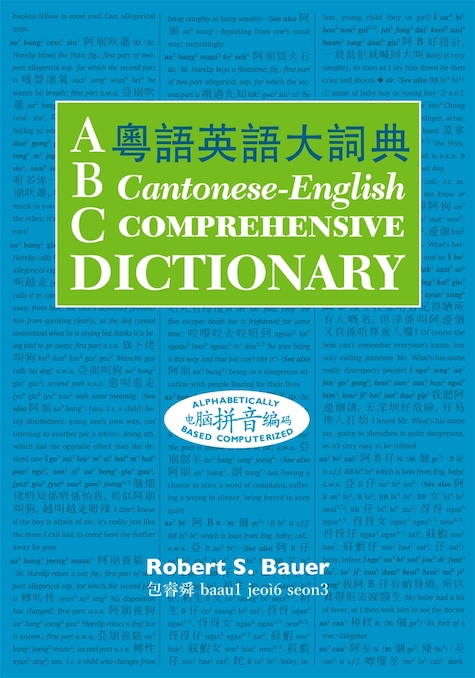Some folks think that intonation never overrides tones, but I'm convinced on the basis of empirical evidence that it does.
For example:
Nǐ xiǎng gàn hā 你想干哈 –> Nǐ xiǎng gàn há 你想干哈 ("what do you want to do?") — especially in the Northeast.
Here are some other examples — all of them provided by native speakers of MSM (Modern Standard Mandarin):
A.
1. 不( bù ["no"]):Sometimes, I would say 不 ( bú) even though there is no falling tone character after 不 to invoke tone sandhi, such as "我不 ( bú)". This happens when somebody asks me to do something I don't like, I will say 不 ( bú) to express my rejection.
2.中间 (zhōngjiān ["in; among; between; amidst"]): Sometimes, I would say 中间 (zhōngjiàn)to emphasize the place. I think most people will commonly pronounce this phrase as 中间 (zhōngjiàn), but it is "wrong".
3. 都 (dōu ["all"]): I will pronounce this character as dóu when I want to emphasize the meaning "all." For example, 我都 (dóu) 写完了 I finish them all, 他都 (dóu) 吃完了,he ate them all. But here, I am thinking about whether I am influenced by 东北 Northeastern / dongbei topolect because I think dongbei people will commonly use the pronunciation dóu .
Read the rest of this entry »

